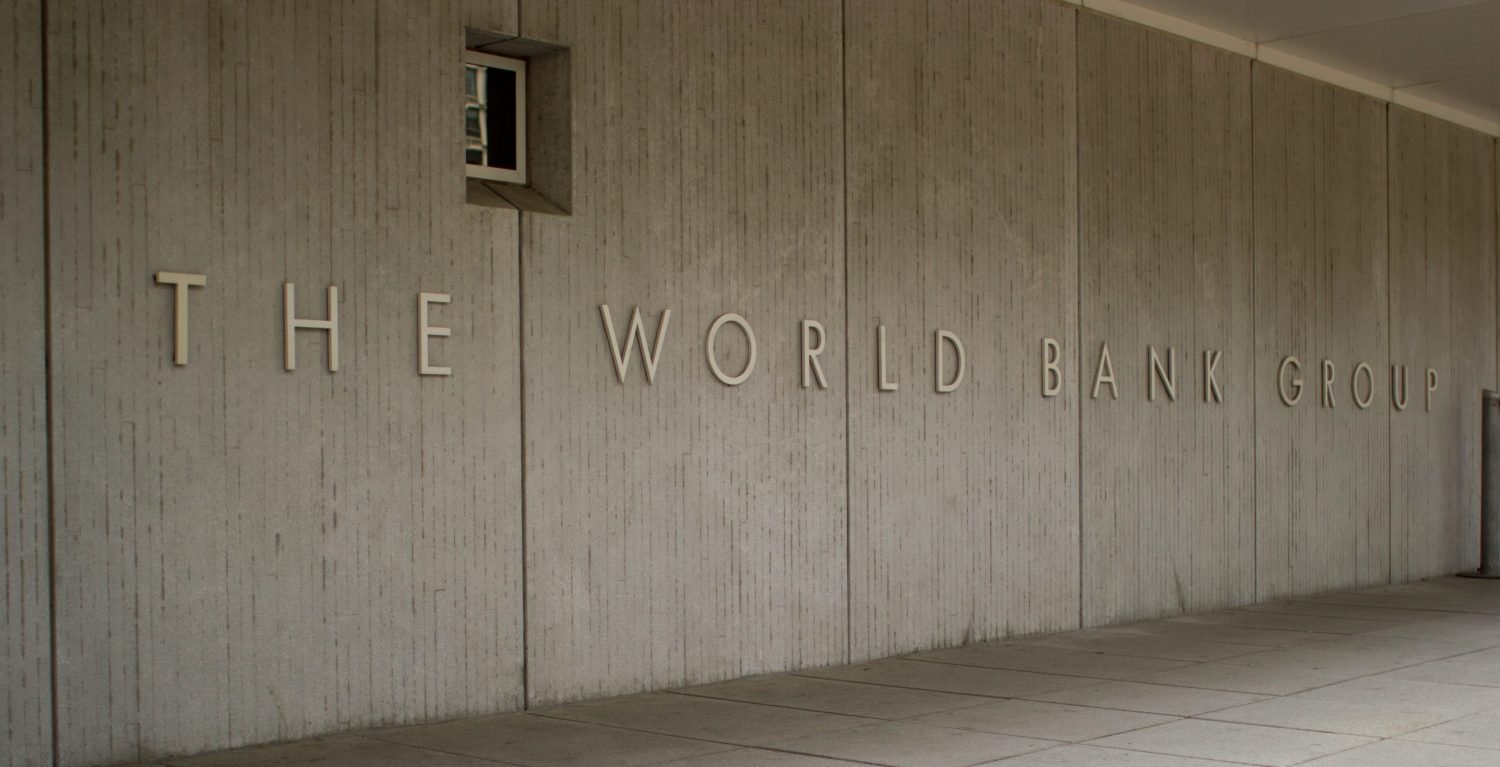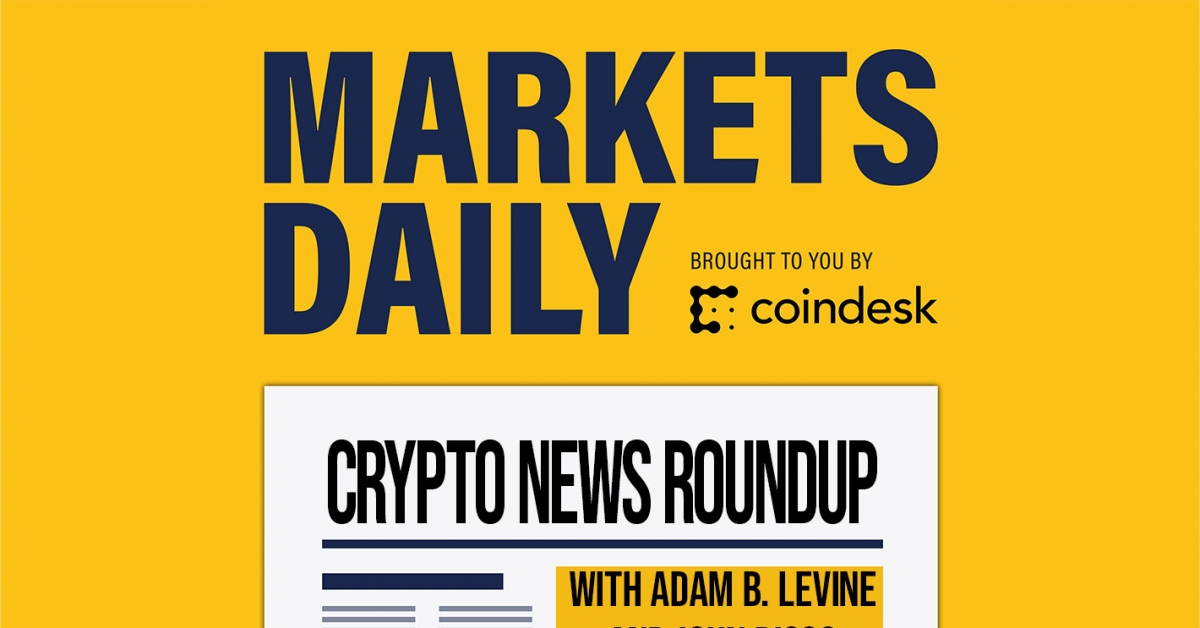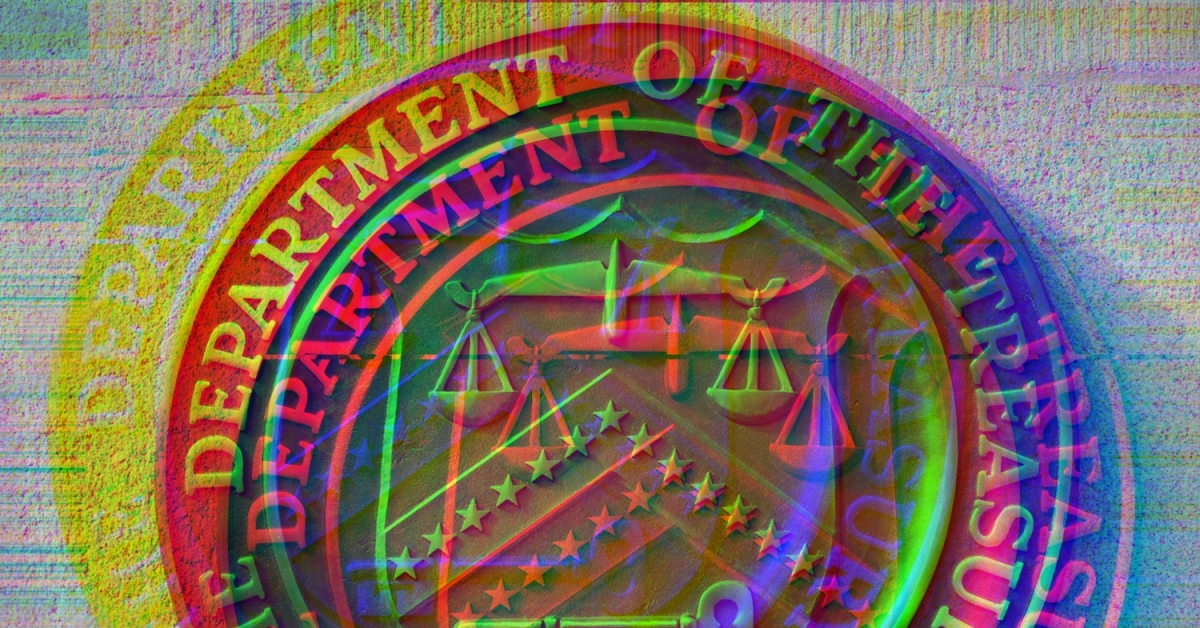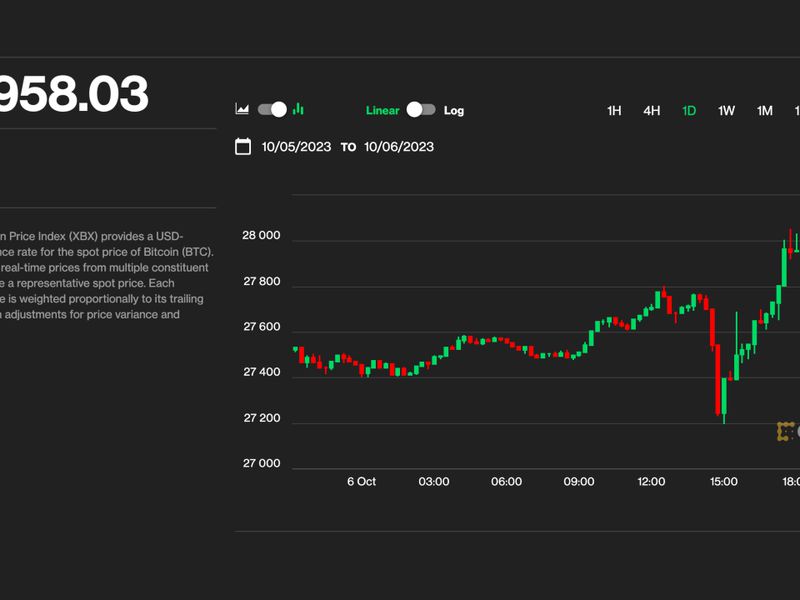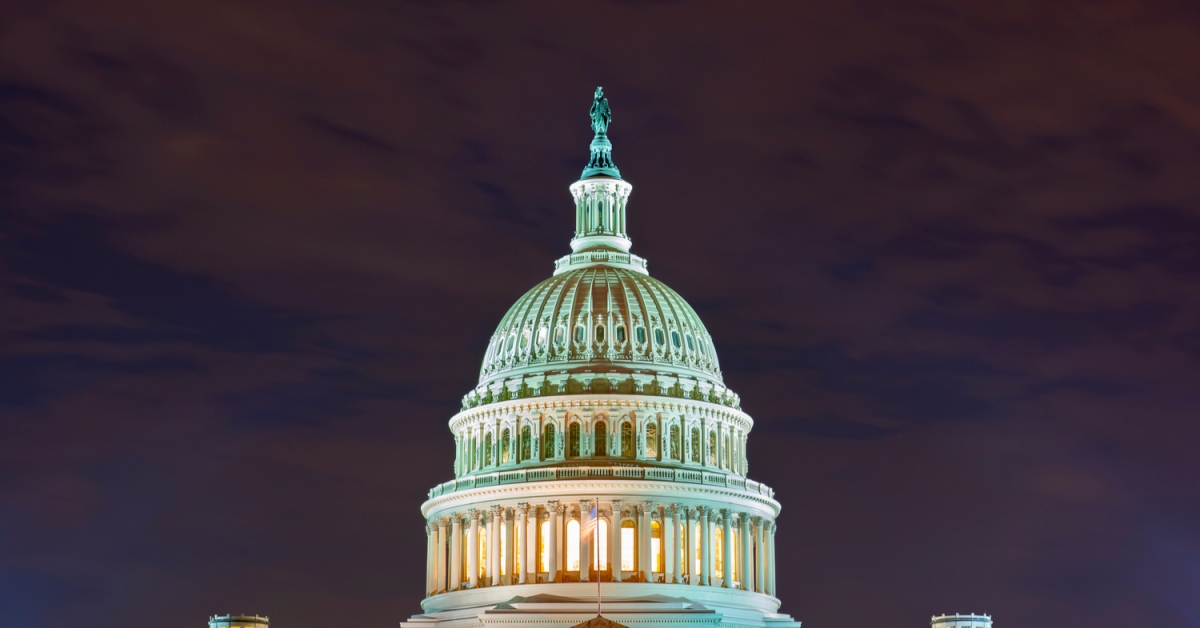The Fourth Era of Blockchain Governance
(Latrach Med Jamil/Unsplash)
The Fourth Era of Blockchain Governance
Stephanie Hurder, a CoinDesk columnist, is a founding economist at Prysm Group, an economic advisory focused on the implementation of emerging technologies, and an academic contributor to the World Economic Forum. She has a PhD in Business Economics from Harvard.
If you follow our writing at Prysm Group, you know one of our mantras is that governance is essential for the long-term survival of blockchain projects. Blockchain projects are complex technical and economic systems that require a systematic and architectural approach to design. Governance enables blockchain projects to continually innovate, upgrade their protocols and adapt to changing market conditions while maintaining the desired level of decentralization.
Blockchain governance design has faced a steep learning curve. I have described the evolution of blockchain governance design since 2018 as having three eras:
- Era 1: Informal/ad hoc governance design. The original blockchain projects, such as Bitcoin and Ethereum, had no formal governance. Decisions regarding upgrades and crises were made by developers and other influencers based on ad-hoc procedures.
- Era 2: Copy and paste governance design. Realizing that projects need well-specified decision-making procedures to succeed, projects copied and pasted voting and proposal mechanisms from other, non-blockchain platforms.
- Era 3: Bespoke governance design. Projects realized blockchain is a new and distinct environment and began to design systems ground-up based on first principles.
After a briefing I gave two weeks ago jointly with Mark F. Radcliffe, Partner at law firm DLA Piper, I believe we have entered Era 4: the era of systemic governance design. Systemic governance design also takes a ground-up approach based on first principles while explicitly considering the ways in which a project’s governance must be designed to work in harmony with the governance of other projects in the blockchain ecosystem.
And this era, unlike the previous three, will be led by enterprise blockchain. Enterprise use cases not only require cross-platform development but also frequently undergo rigorous, multi-year planning cycles. Enterprises considering deploying blockchain solutions want to know how various platforms and their governance designs function in sum, so they can minimize unnecessary uncertainty and deliver on their project goals.
Mark is a corporate securities and IP lawyer who advises many blockchain projects and consortia. In his view, many of the current blockchain offerings do not have sufficient governance from both an economic and legal perspective to be effectively used by enterprises.
Enterprises considering deploying blockchain solutions want to know how various platforms and their governance designs function in sum.
Having well-defined governance is one of the best ways that an enterprise blockchain consortium can incentivize new users to join. A shared ledger with distributed control can reduce costs and provide benefits for businesses in a variety of industries. But getting enterprises to attain and sustain the cooperation required to keep these consortia functioning – via contributions of time, money, and expertise – requires transparent and well-functioning collective decision-making.
For the earliest blockchain consortia, having any specified governance process put them at the head of the pack. But governance designed in isolation is no longer sufficient. Understanding the governance of the underlying technologies the consortium is using and the impact it will have on a consortium’s own governance also is essential.
Protocols and stablecoins
Consider two examples: protocols and stablecoins. Most blockchain applications will not build their own protocols, but will instead choose to build on existing options such as Hyperledger or Hedera. Each of these protocols has its own processes that determine development projects, upgrades and use rights. Poorly designed governance at the protocol level can have harmful and unintended impacts on the projects building on it.
Projects built on Ethereum, for example, have spent over three years wondering if and when Proof-of-Stake will be implemented and two years watching the community debate which changes, if any, to make to the transaction fee mechanism.
Projects may also choose to adopt a third-party stablecoin rather than establish and manage their own token. MakerDAO, the builder of the U.S. dollar stablecoin (dai) with the third-largest market cap, is planning to dissolve its governing Foundation and replace it with a DAO over the next two years. This is a risky path forward: DAOs have been notoriously difficult to run well and are slow in making decisions. The transition adds significant complexity to any enterprise project choosing to use dai.
Enterprise blockchain projects can make progress in the face of such uncertainty. But having the appropriate systems in place for designing governance is more important than ever.
First, embrace that governance design is a complex process drawing on a combination of economics, law and other disciplines. Like all parts of a blockchain project, it involves iteration over time using multiple areas of expertise.
Second, vet the governance of potential tech partners just as thoroughly as you would vet their technology. Just having a voting system in place is typically not sufficient governance. Including more sophisticated steps such as soliciting and distributing expert feedback on proposals, introducing mechanisms to ensure timely implementation of upgrades, and having well-defined crisis governance with clear delineation of decision-making all increase the probability that governance will be reliable.
Finally, resist the urge to regress in the face of this challenge: to design myopically and to copy and paste without context. While blockchain governance best practices are rapidly evolving, there are frameworks projects can use to minimize the prospect of overlooking essential elements. The more innovative a project, the less likely an out-of-the-box governance solution will meet its needs.
But all blockchain consortia should recognize that governance practices are evolving and should pay particular attention to the processes for changing governance procedures. Successful consortia will need to adjust their governance procedures as the business, protocols and consortia evolve.
Disclosure
The leader in blockchain news, CoinDesk is a media outlet that strives for the highest journalistic standards and abides by a strict set of editorial policies. CoinDesk is an independent operating subsidiary of Digital Currency Group, which invests in cryptocurrencies and blockchain startups.


